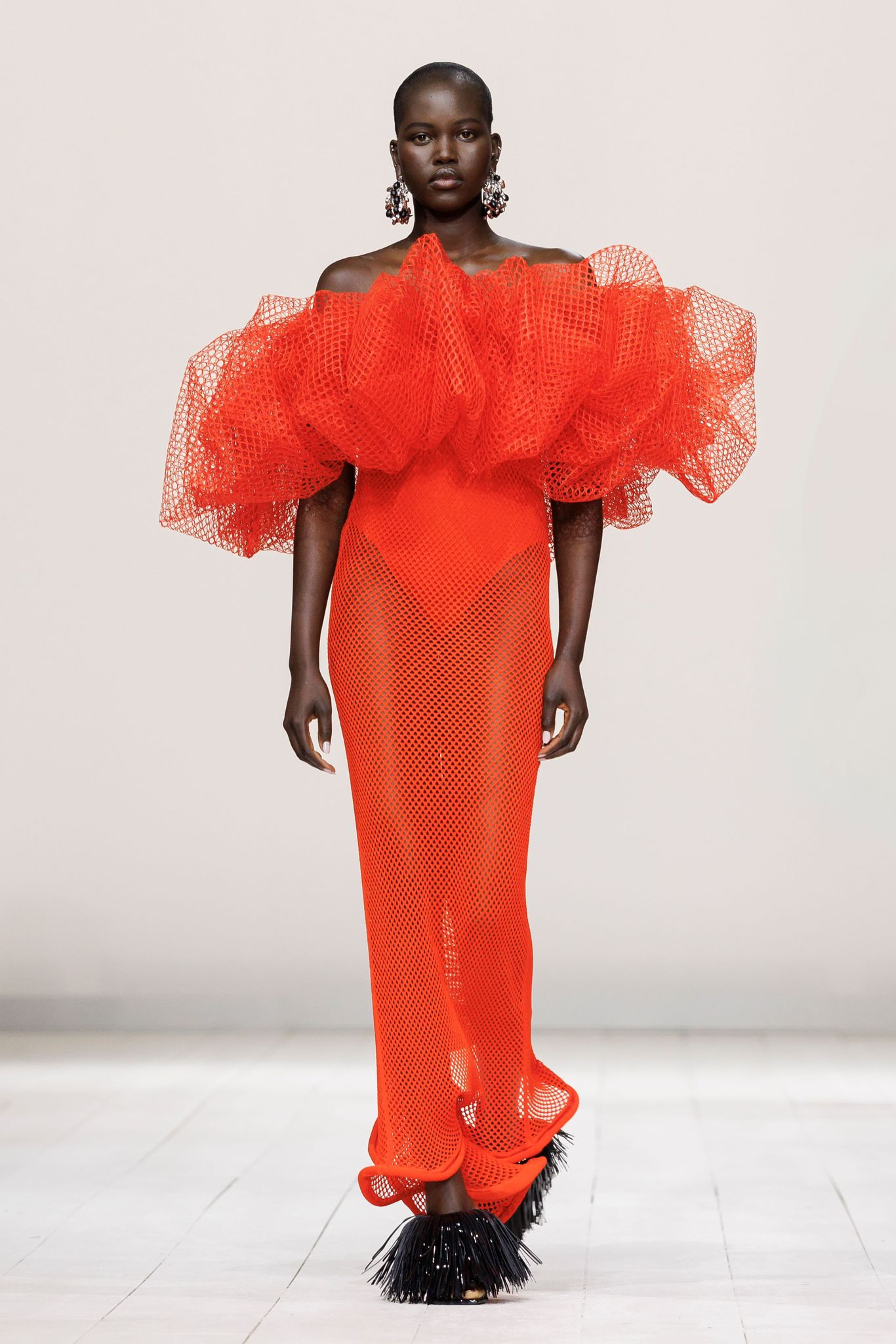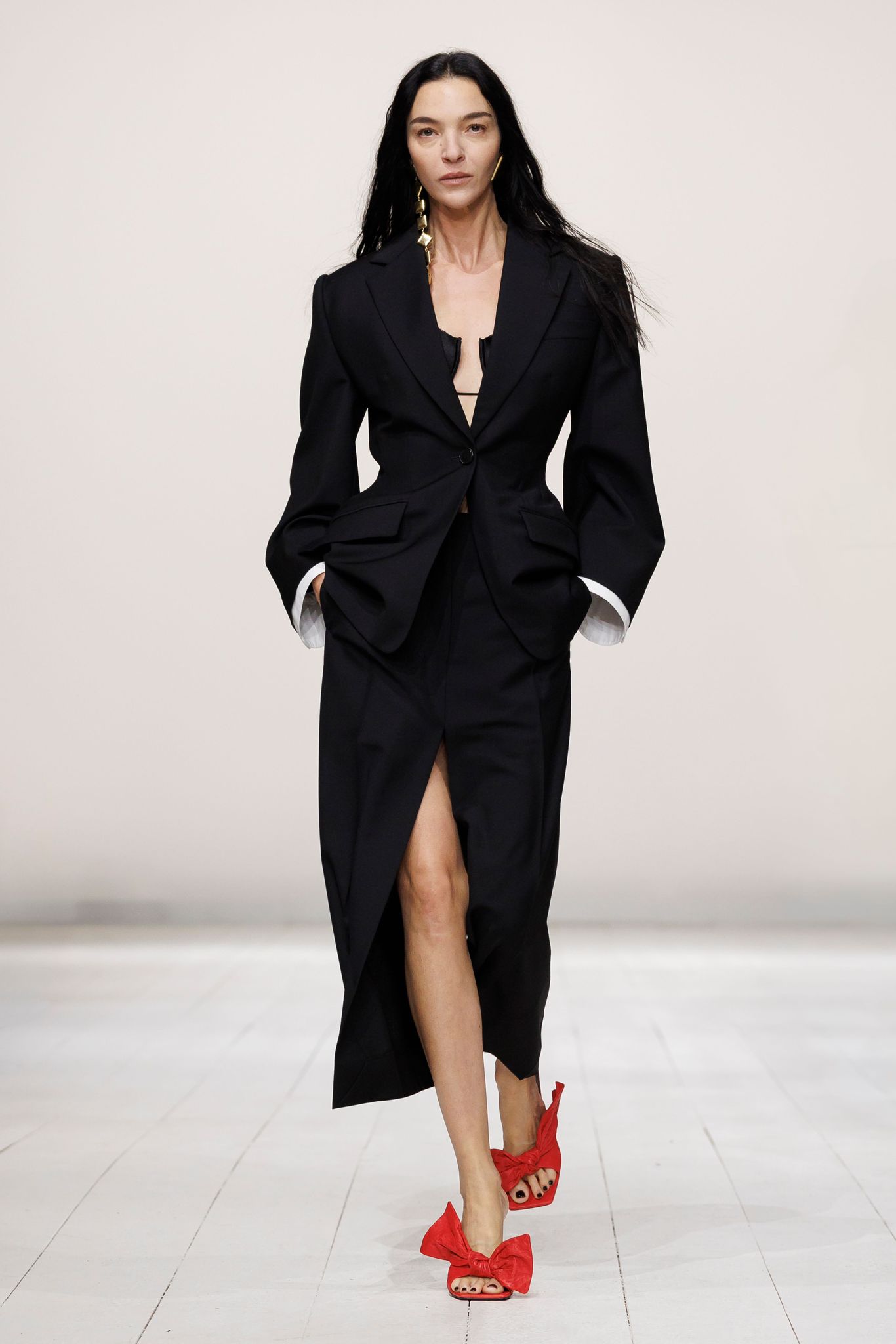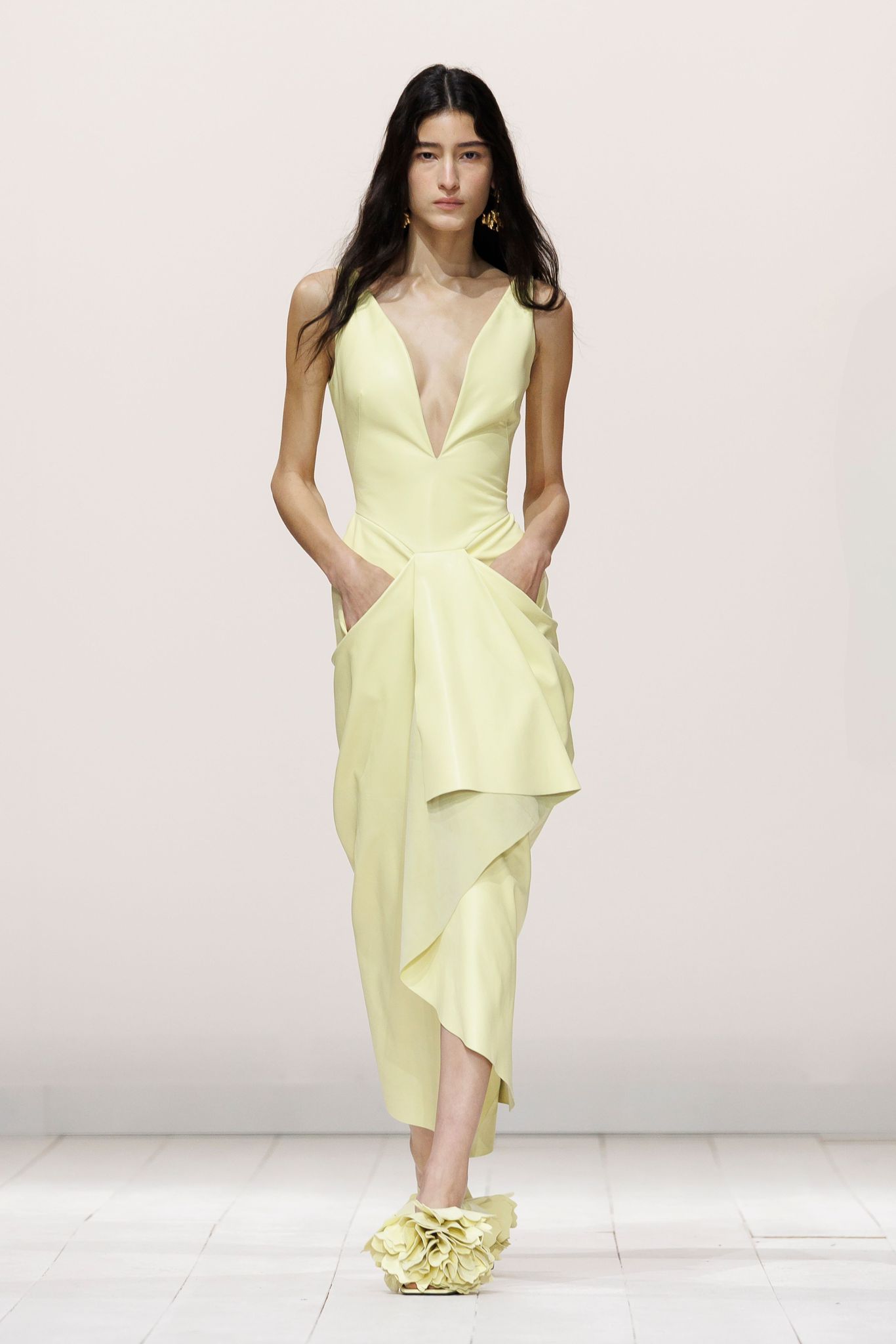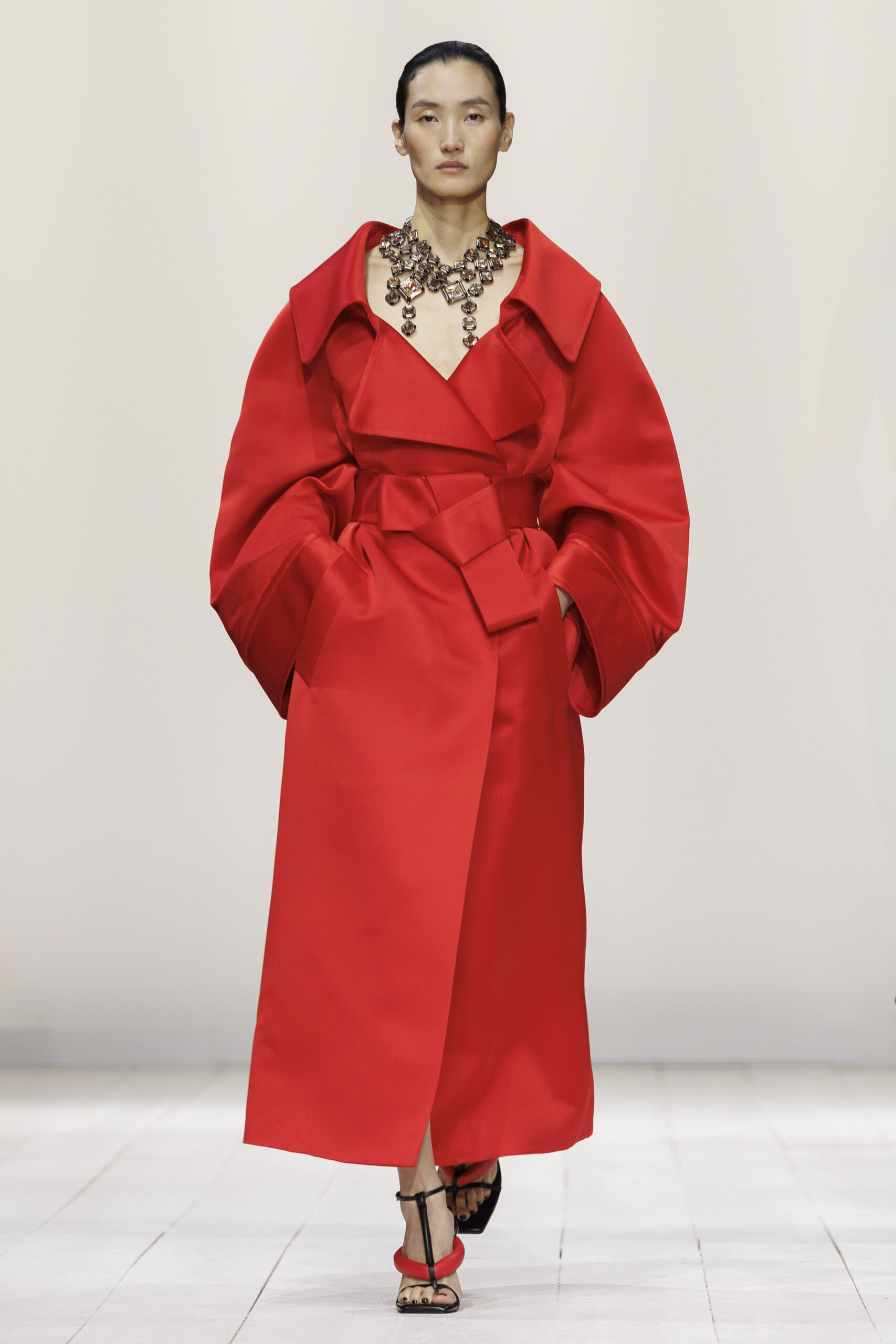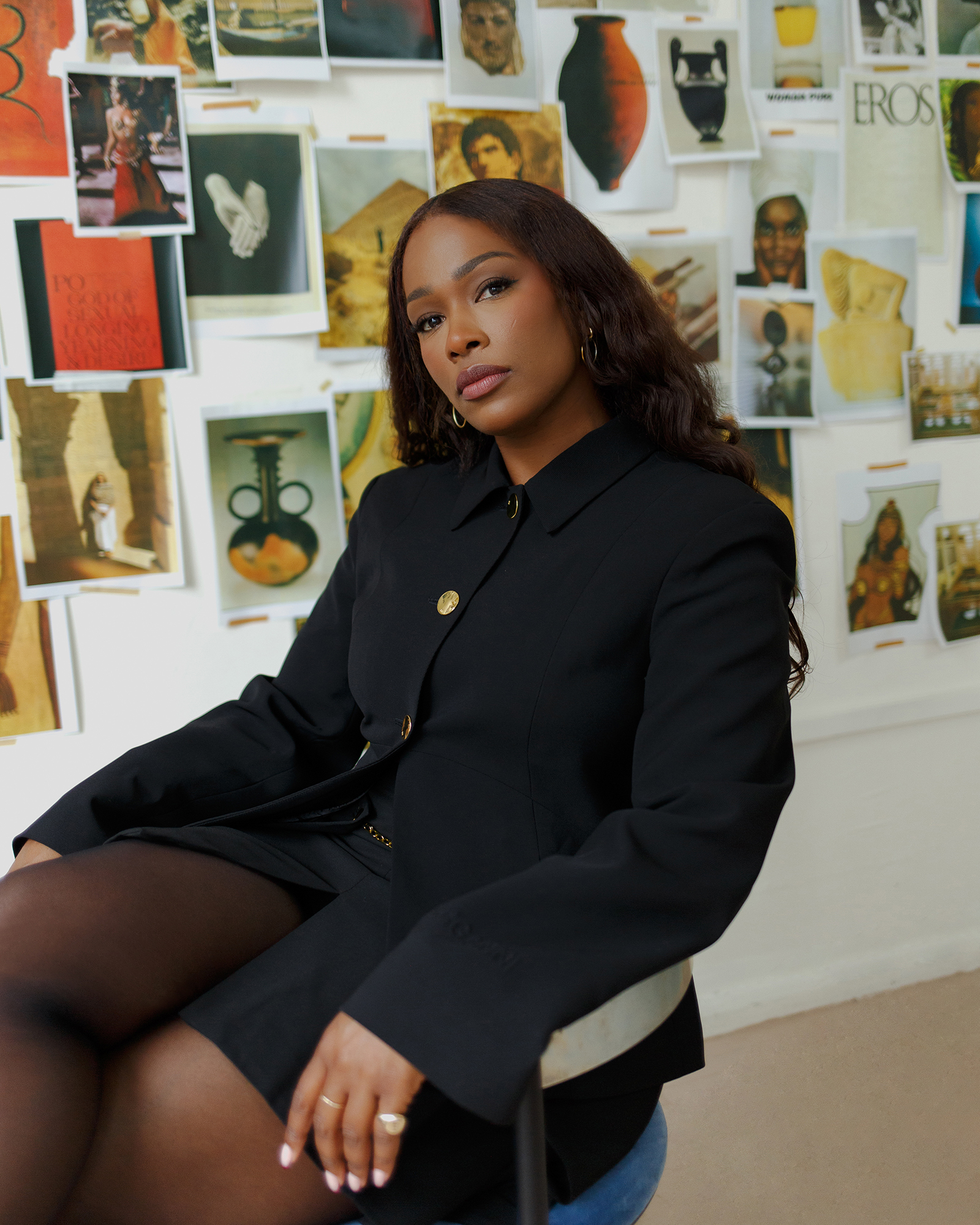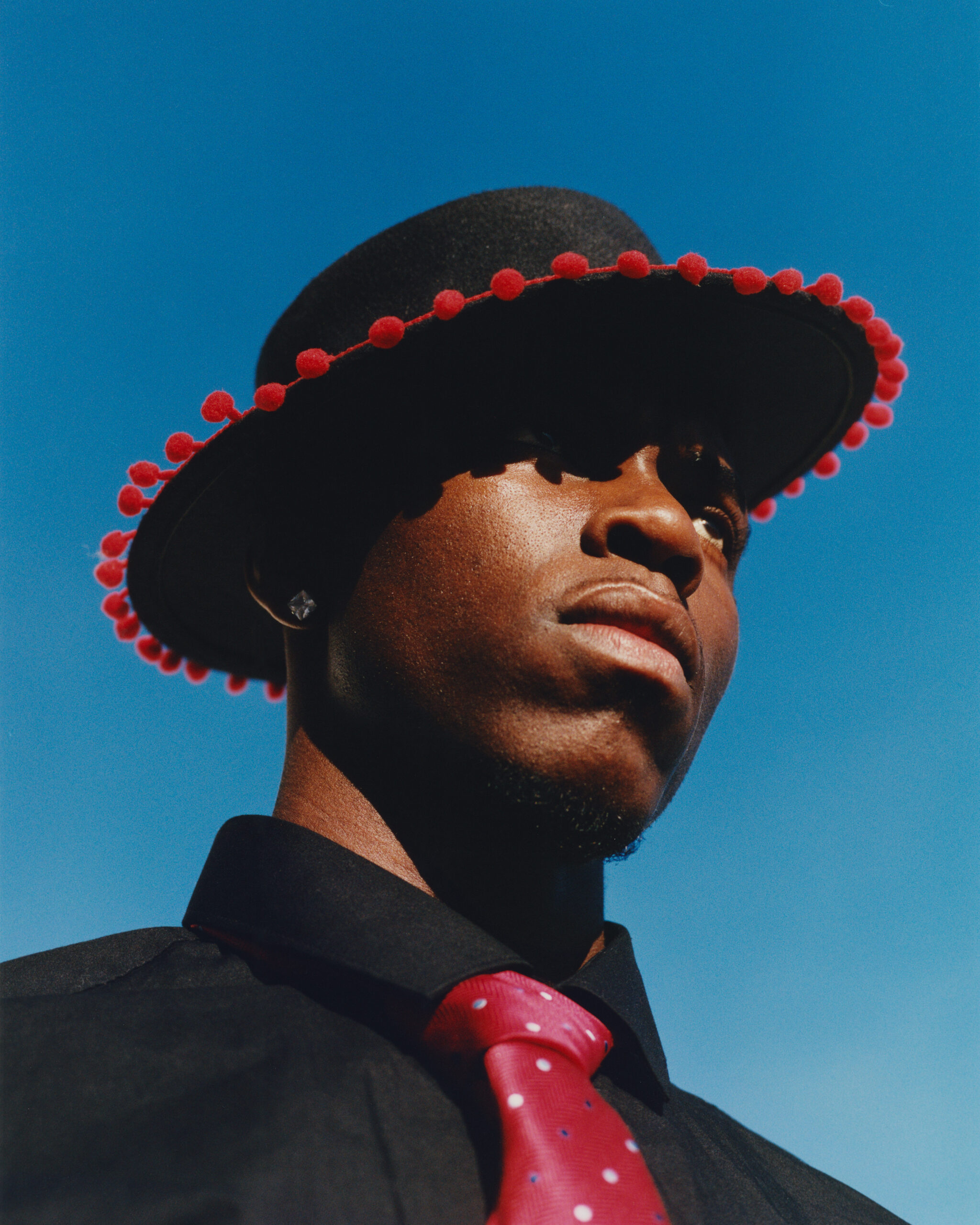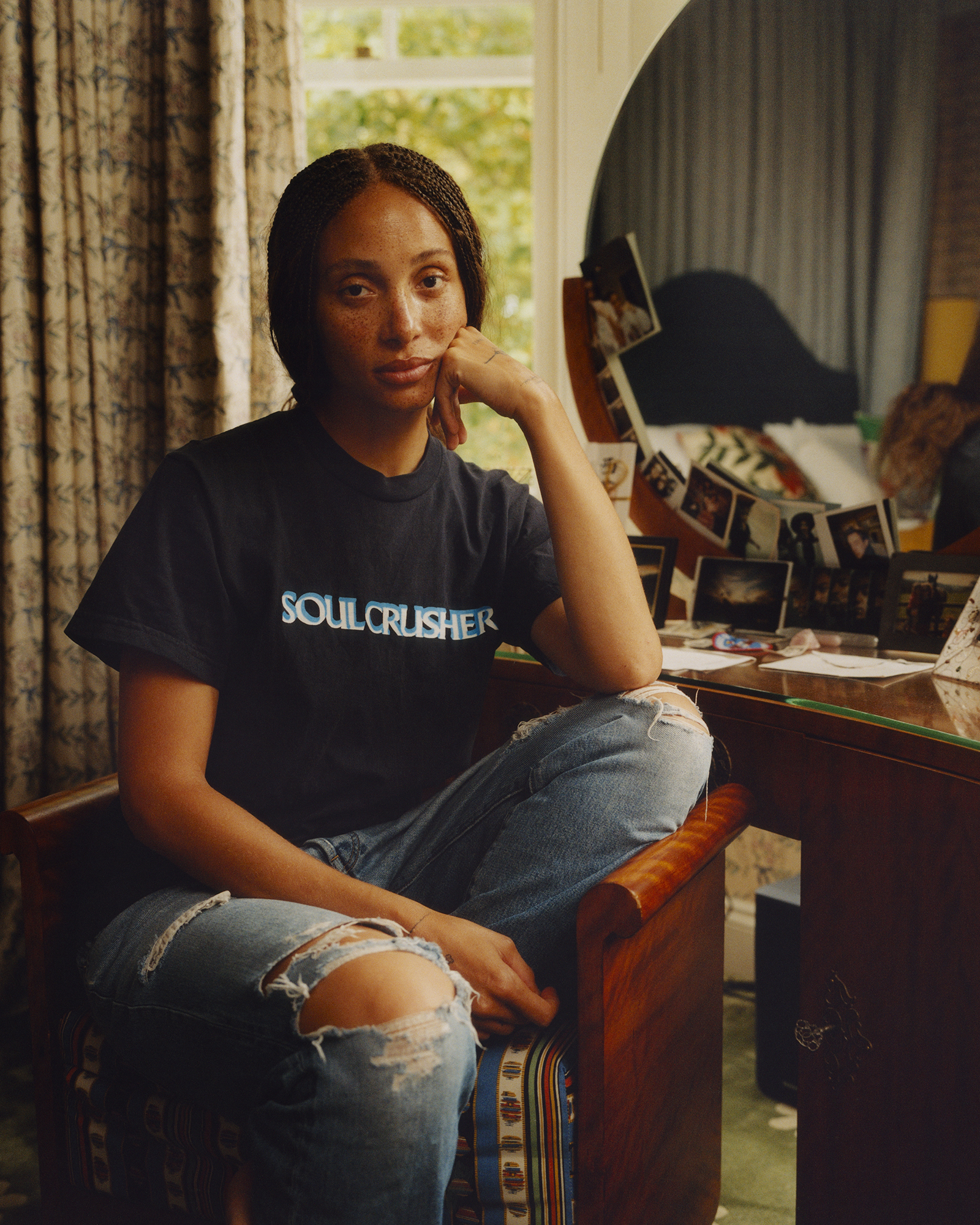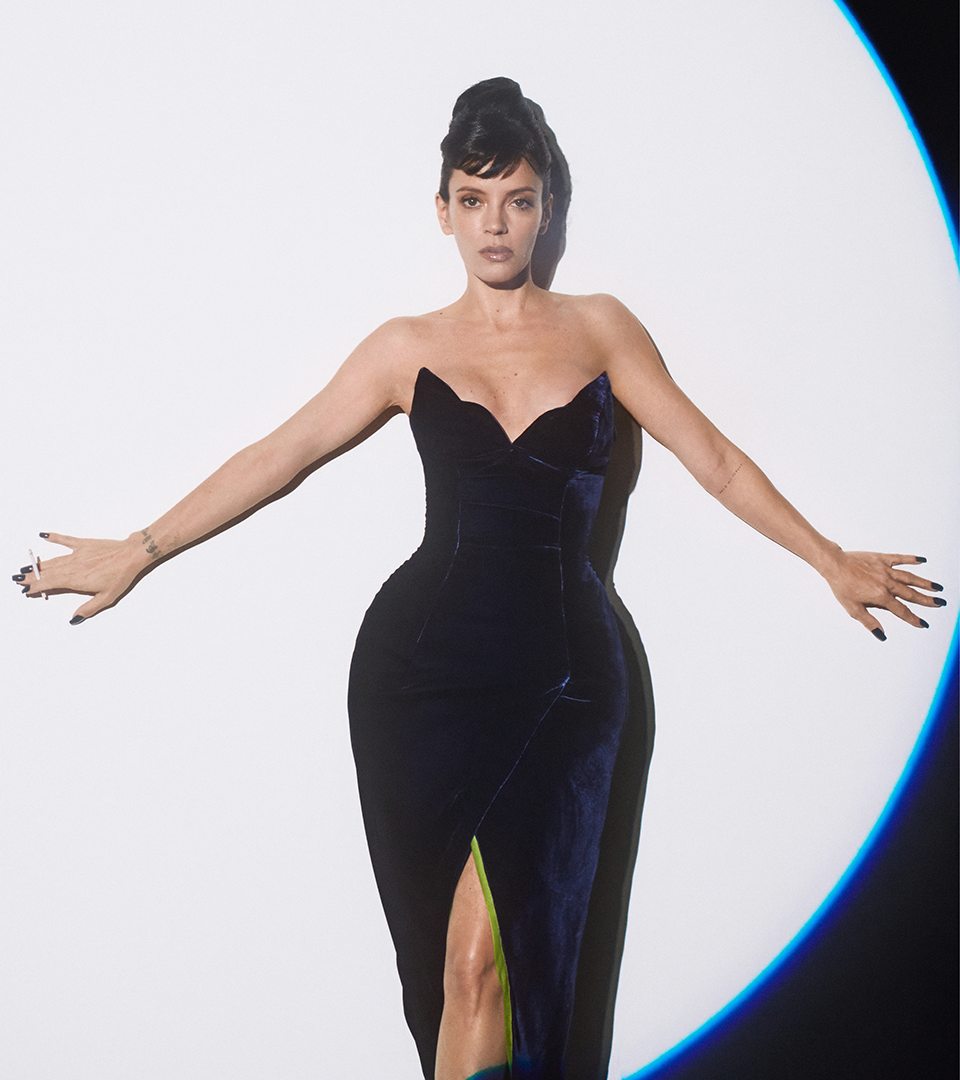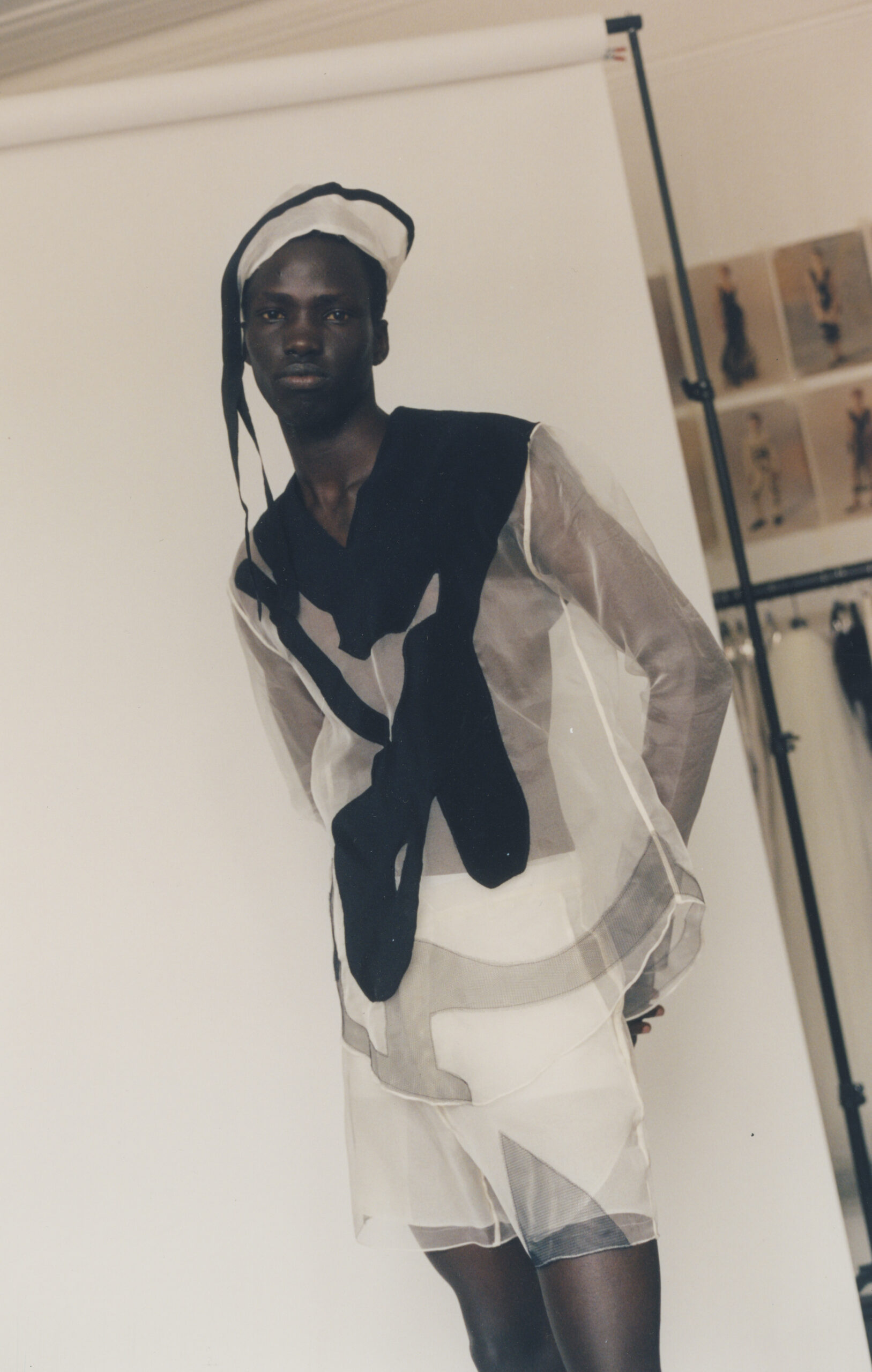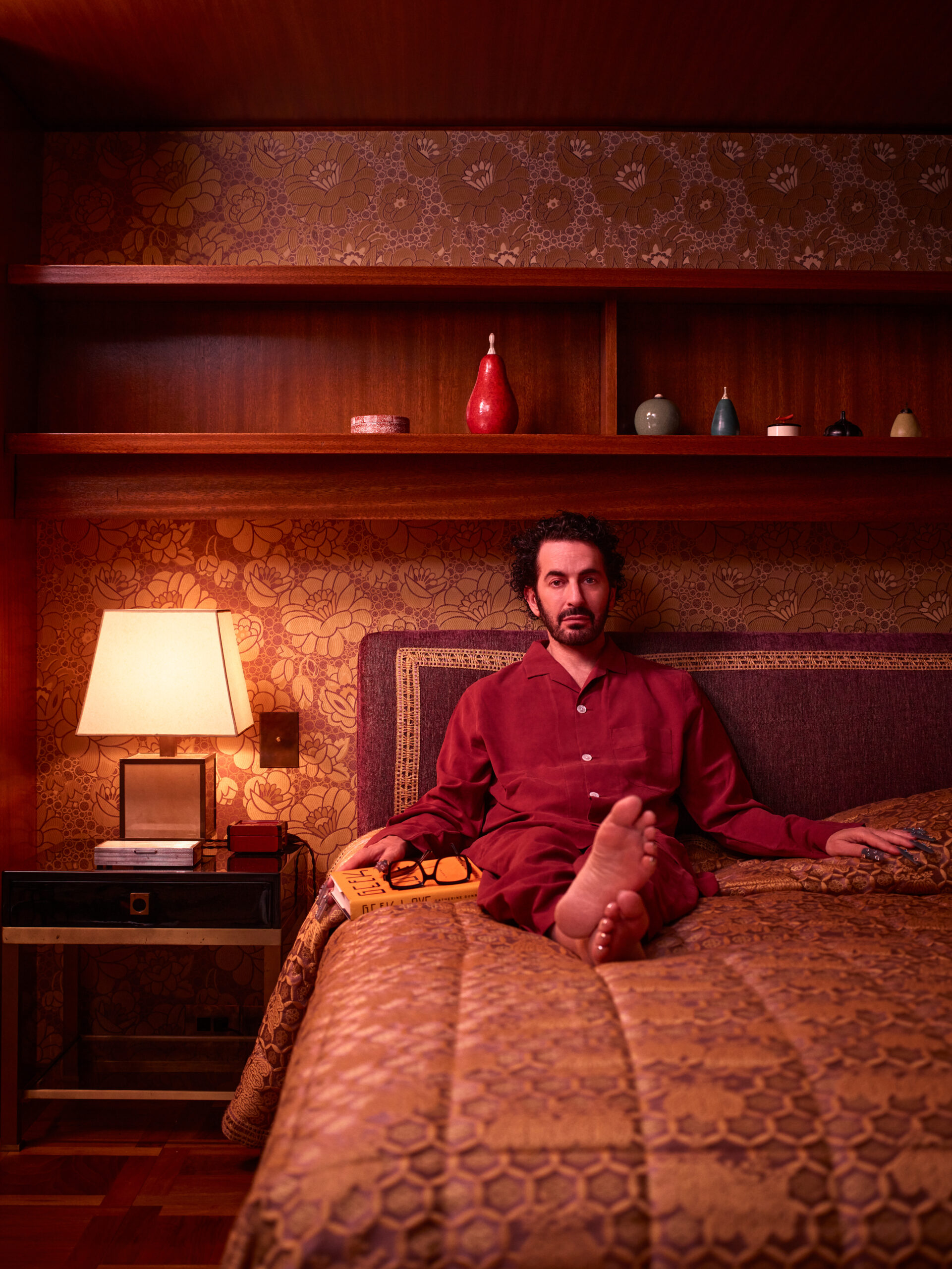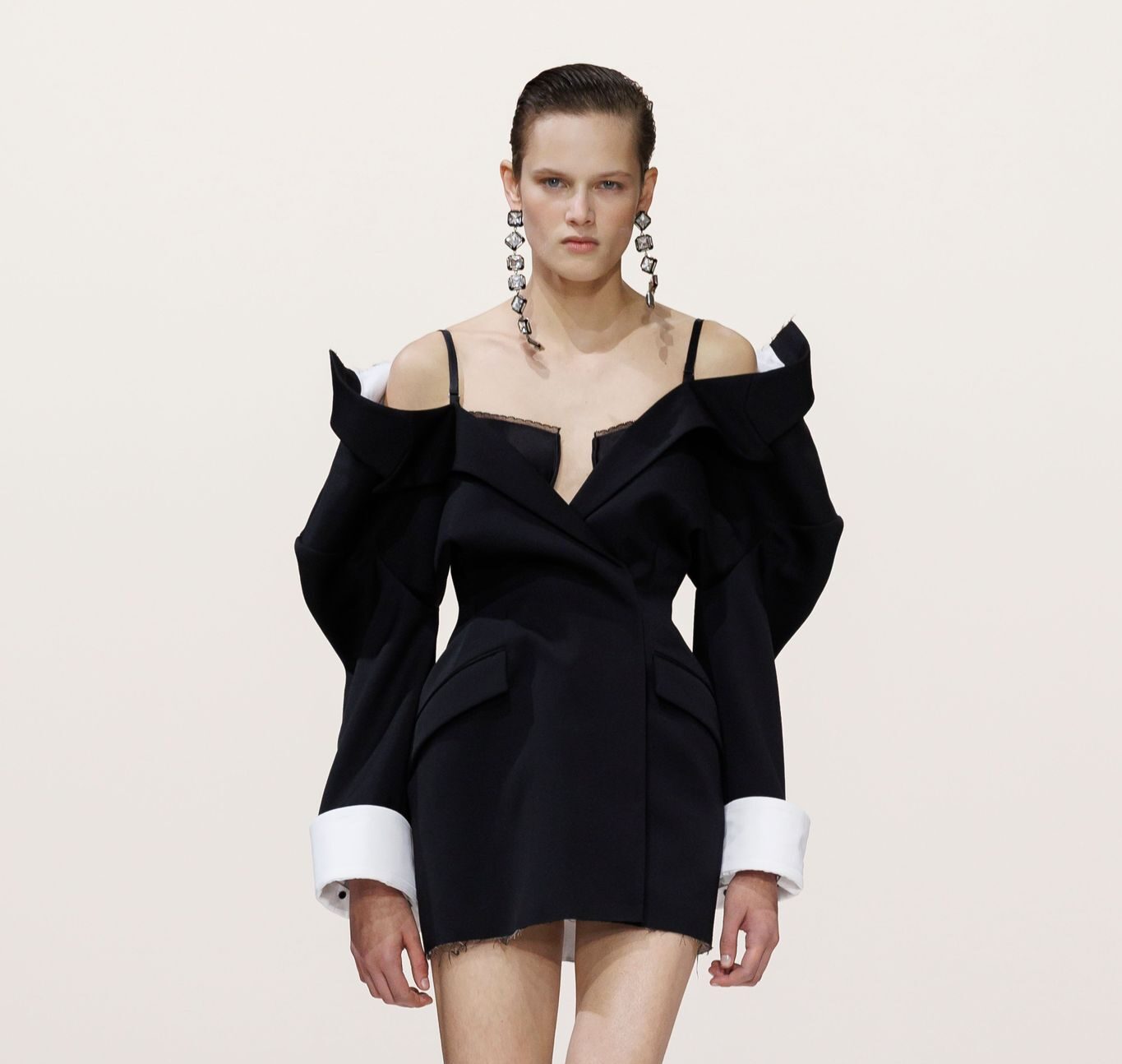
Givenchy’s Power Play
Anders Christian Madsen reviews the Givenchy Spring/Summer 2026 collection by Sarah Burton.
A double-breasted black blazer ripped open at the neck as if by hand, its collar pulled down over the shoulders to form a glamorous décolletage and the hint of a majestic gigot sleeve. A trench coat cut in gleaming lipstick-red satin duchesse and tied with a soft obi, its lapels expanded into the sensual neckline of a dazzling dressing gown. A leather jacket sliced up along the center of the back into two petal-shaped panels pushed forward to reveal the elegance of the naked spine. Oh, Sarah… What did we do to deserve you?
Sarah Burton’s second collection for Givenchy was staged in an optical white space by the Hôtel des Invalides, in a kind of clinical light that illuminated the precision of this designer’s work. The idea was as simple as the execution was ravishing: “The juxtaposition of the soft and the tailored,” she said backstage, rammed like a rock star in a jumper and a pin-pad cuff. “I wanted to take the tailoring and the dress and accentuate the curves of a woman, and reveal bits of skin; sometimes lots of skin, sometimes not so much.”
Presented on a cast of diverse femininities, the two genres took turns. A curvaceous minidress with angular brassiere cups coexisted with a crisp white shirt pulled over the shoulder like an evening dress. A black skirt suit, its jacket sliced into a deep décolleté and its long skirt slit up to reveal the thigh, was given a similar sensibility to a butter-yellow dress with a neckline and hem shaped like petals. On Burton’s runway, no one category of clothing— the masculine versus the feminine—was more powerful or more erotic.
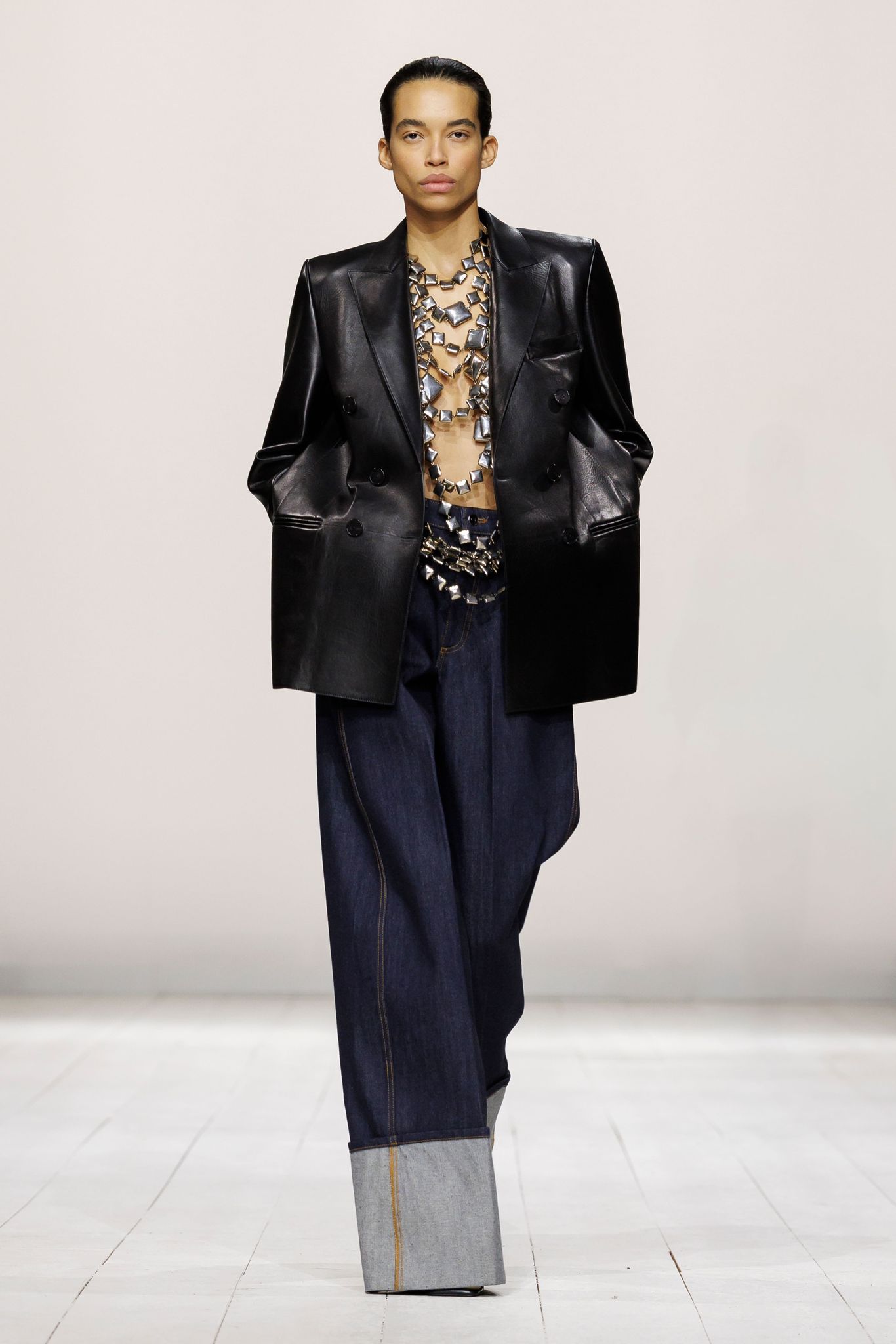
GIVENCHY
“I was looking at female power and how to empower women through the archetypes of the feminine, and how often you use the masculine to empower women,” she said. “Often, there’s a belief that you have to be like a man to be powerful. And I think maybe it’s all those skills that are not so obvious that we need to be using. It’s about embracing femininity, embracing the woman, embracing emotional intelligence.” She literally cut those principles into clothes.
What made the collection so good—and what’s characterizing Burton’s Givenchy era so far—is that she never over-designed her statements. She doesn’t feel a need to over-sculpt or over-embellish or overpower a piece of clothing to make her point. Burton’s garments are studied and perfected but they are never pretentious. That’s what creates clothes you want to wear: it’s what fashions that authentic, sensitive, handsome, elegant wardrobe women—as well as men—always hanker for in fashion but so rarely find.
“For me, it’s about taking each woman as an individual. I don’t design for one woman, I design for women, and I think women—like men—are complex and have lots of different emotions and needs,” Burton said. “I want to have things for all the moments in a woman’s life.” Her soundtrack occasionally teased the intro to M.I.A.’s Paper Planes. And while it didn’t materialize into the vocals, watching the finale of Burton’s show, the lyrics still applied: “No one on the corner has swagger like us.”
